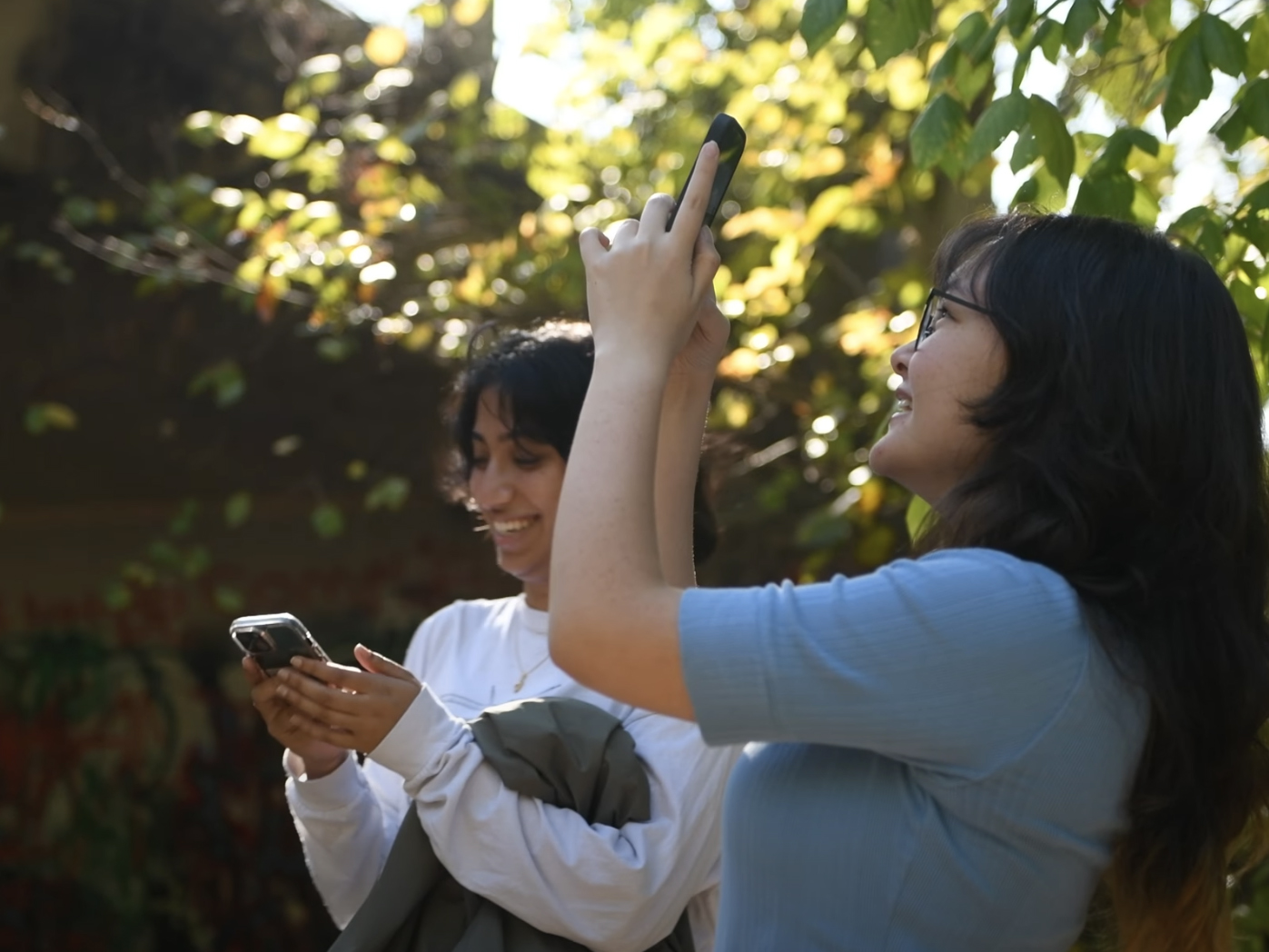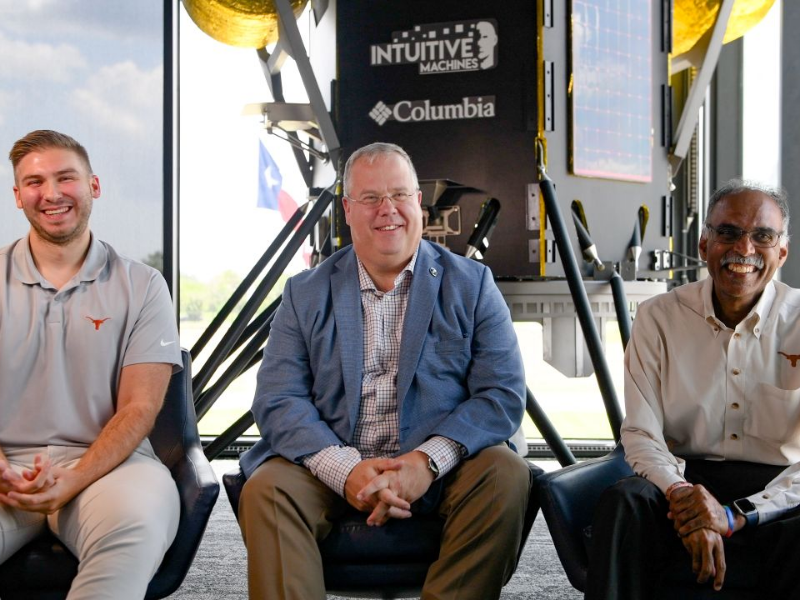News

Cockrell’s Top Stories of 2025
There’s never a dull moment at the Cockrell School of Engineering. In 2025, our courageous engineers made important discoveries, started groundbreaking initiatives and transformed industries. Read on for just a few of our top stories of the year. We can’t wait to see what happens next year.



